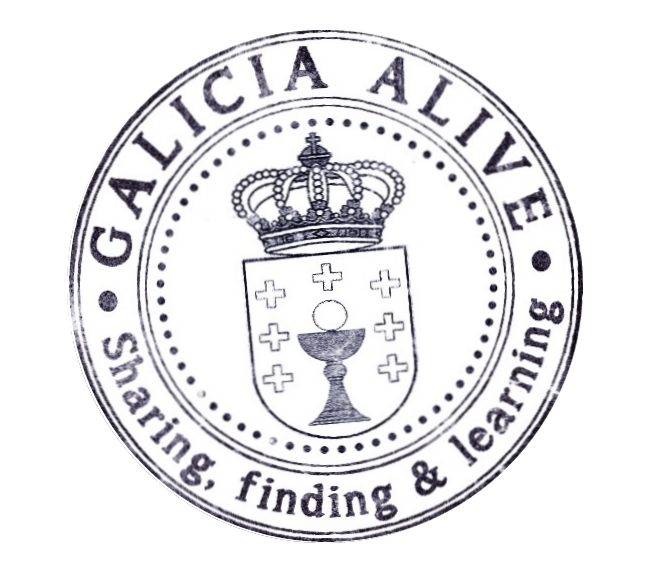The sufferings and calamities that the well-known martyrs of Carral went through are documented by the priest of the Santo Estevo de Paleo Parish, where they were executed. In the death certificate he recorded the following sentences (7):
“Horrifying spectacle. Sad Memory.”
“…and they were inhumanly sacrificed to the bloody will of their executioners, especially Colonel Cachafeiro, who would have committed more inhumanities after death had I not presented myself as representing divine justice.”
Were these calamities they suffered the reason enough to become martyrs or something else?
CONTEXT & BACKGROUND
-
- REGENCY OF MARÍA CRISTINA
- Carlist War I [Guerra Carlista I]
- Political Instability: Multiple Governments
- Constitution of 1837
- Revolutions during the Regency of María Cristina
- REGENCY OF GENERAL ESPARTERO
- Revolutions during the Regency of Espartero
- REIGN OF ELIZABETH II
- Moderate Decade
- Revolutionary Boards in Galicia
- Revolutions during the Reign of Elizabeth II
- Constitution of 1845
- REGENCY OF MARÍA CRISTINA
GALICIAN LIBERAL REVOLUTION OF 1846
GALICIAN LIBERAL REVOLUTION OF 1846 (Full post)
MARTYRS OF CARRAL: Why are martyrs those shot in Carral in 1846?
A year after those executed on April 23, 1846, Antolín Faraldo Asorey and his companions were amnestied, thus being able to return to the Port of Santander October 24, 1847, according to The Echo of Trade. Even the Baldomero Espartero was able to return to Grado (Asturias) as stated in El Clamor Público of January 22, 1848.
The main reason for being considered martyrs is that the State itself and Queen Elizabeth herself have considered them Martyrs of Liberty. Until now, it is important to cknow some historical data.
Government of Espartero in exile promoted and financed the Proclamation of 1846 against the Government of Narváez.
The end of the “Moderate Decade”, a period of time known like this because power was held by the moderates for approximately 10 years, came with the Proclamation of the progressives. This uprising is known as “La Vicalvarada”. Thus began a new period: “The Progressive Biennium”.
On July 19, 1854, Baldomero Espartero, Duke of La Victoria, was called to form a government.
One month later, on August 28 1854, Queen Mother María Cristina de Borbón again left for exile in France.
In the Boletín oficial de la Provincia de Lugo (Official Bulletin of the Province of Lugo) of January 9, 1855 (13) appears the Royal Order of December 12, 1855, signed by Queen Elizabeth II:
Queen Elizabeth II, by the grace of God and the Queen of Spain Constitution, where the creation of the Board for the formation of files related to the declaration shot in the town of Carral in 1846 as Beneméritos de la Patria (Meritorious of the Homeland) and other rewards agreed by the Courts. By mandate of this same order, those of the martyrs, their ashes, had to be transferred to the city of Santiago de Compostela and placed in a monument with a budget of 120,000 reais for the monument. The Cruz del Valor y Constancia is also awarded to all those who armed arms in the uprising and the Cruz de San Fernando to the 25 nationals of Santiago de Compostela who were found in the action of April 23, 1846 under the orders of the aforementioned Colonel Solis.
Given at the Palace on December 12, 1855 – I THE QUEEN – The Minister of the Interior Julian de Huelves
The Queen (q.D.g.)
Thus they entered as martyrs in the list that progressive liberalism draws up since the War of Independence.

